Ford Transit Connect vs Mercedes EQT – Differences & prices compared
Compare performance, boot space, consumption and price in one view.
Find out now: which car is the better choice for you – Ford Transit Connect or Mercedes EQT?
The Ford Transit Connect (Cargo Van) comes with a Diesel or Plugin Hybrid engine and Manuel or Automatic transmission. In comparison, the Mercedes EQT (High Roof Estate) features a Electric engine with Automatic transmission.
When it comes to boot capacity, the Ford Transit Connect offers , while the Mercedes EQT provides 551 L – depending on how much space you need. If you’re looking for more power, decide whether the 150 HP of the Ford Transit Connect or the 122 HP of the Mercedes EQT suits your needs better.
In terms of consumption, the values are per 100 km for the Ford Transit Connect, and 19.50 kWh for the Mercedes EQT.
Price-wise, the Ford Transit Connect starts at 26200 £, while the Mercedes EQT is available from 30700 £. Compare all the details and find out which model fits your lifestyle best!
Ford Transit Connect
The Ford Transit Connect is a versatile compact van that seamlessly combines functionality with a comfortable driving experience. Its spacious interior is designed to accommodate both passengers and cargo, making it an ideal choice for small businesses and active families alike. With its efficient engine and agile handling, the Transit Connect offers a reliable and economical option for urban and suburban driving.
details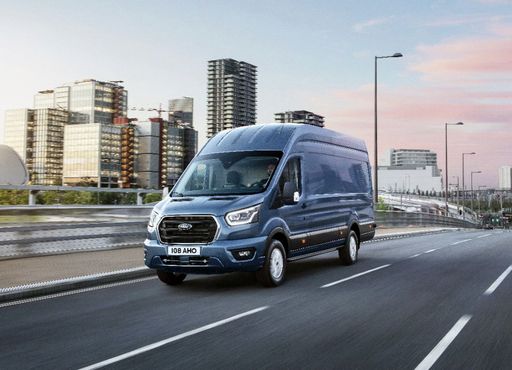 @ media.ford.com
@ media.ford.com
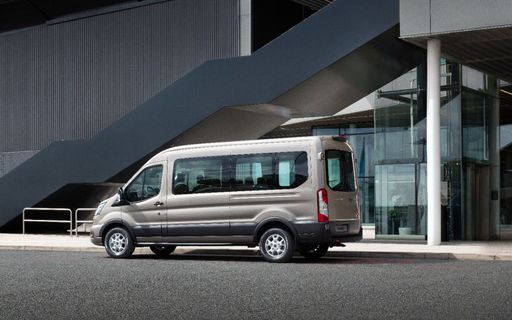 @ media.ford.com
@ media.ford.com
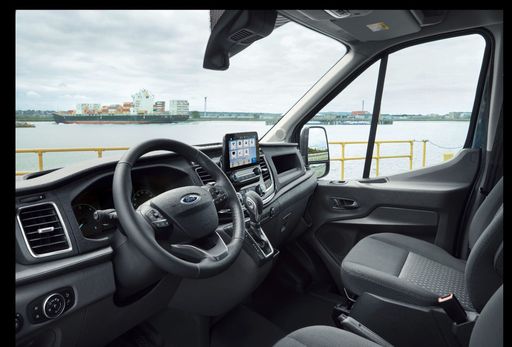 @ media.ford.com
@ media.ford.com
Mercedes EQT
The Mercedes-Benz EQT represents a new chapter in the world of electric vehicles, seamlessly combining elegance with practicality. Its interior offers a sophisticated design, featuring premium materials and advanced technology to ensure a comfortable driving experience. On the road, the EQT impresses with its smooth handling and efficient electric powertrain, making it a strong contender in the growing market of eco-friendly family cars.
details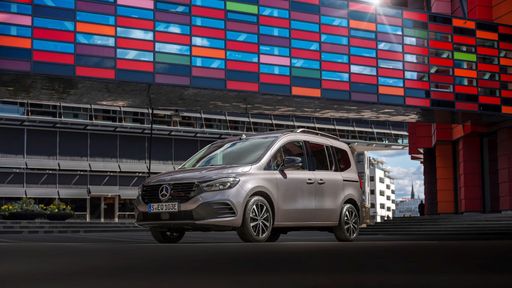 @ Mercedes-Benz
@ Mercedes-Benz
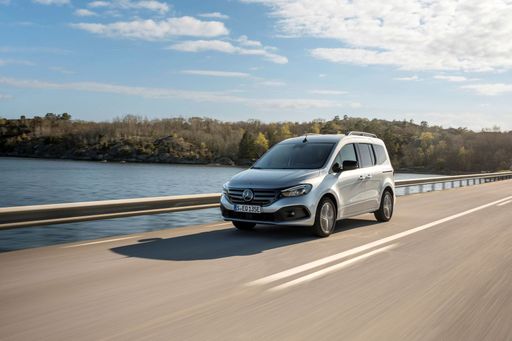 @ Mercedes-Benz
@ Mercedes-Benz
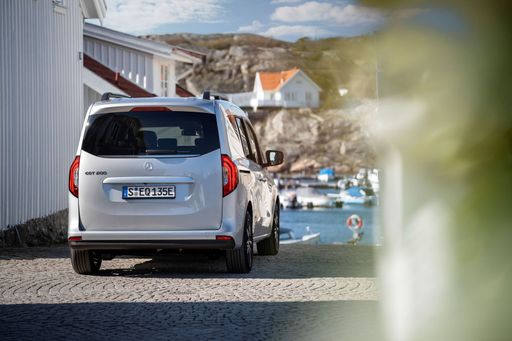 @ Mercedes-Benz
@ Mercedes-Benz
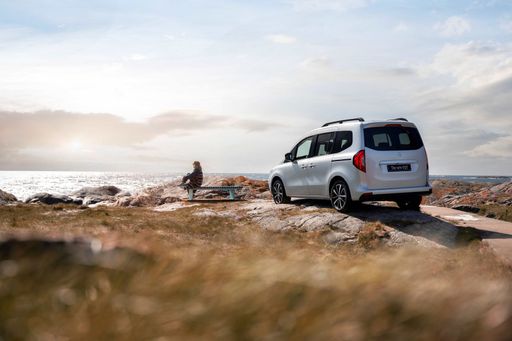 @ Mercedes-Benz
@ Mercedes-Benz
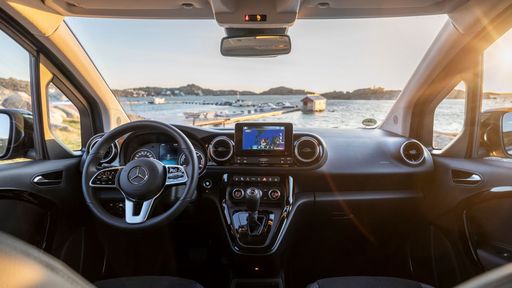 @ Mercedes-Benz
@ Mercedes-Benz

|

|
|
|
|
Costs and Consumption |
|
|---|---|
|
Price
26200 - 41500 £
|
Price
30700 - 35000 £
|
|
Consumption L/100km
-
|
Consumption L/100km
-
|
|
Consumption kWh/100km
-
|
Consumption kWh/100km
19.5 - 20.8 kWh
|
|
Electric Range
-
|
Electric Range
265 - 278 km
|
|
Battery Capacity
19.70 kWh
|
Battery Capacity
45 kWh
|
|
co2
-
|
co2
0 g/km
|
|
Fuel tank capacity
32 - 50 L
|
Fuel tank capacity
-
|
Dimensions and Body |
|
|---|---|
|
Body Type
Cargo Van
|
Body Type
High Roof Estate
|
|
Seats
2 - 5
|
Seats
5
|
|
Doors
4
|
Doors
5
|
|
Curb weight
1575 - 1620 kg
|
Curb weight
1925 - 2023 kg
|
|
Trunk capacity
-
|
Trunk capacity
242 - 551 L
|
|
Length
4500 - 4868 mm
|
Length
4498 - 4922 mm
|
|
Width
1855 mm
|
Width
1859 mm
|
|
Height
1856 - 1860 mm
|
Height
1819 - 1830 mm
|
|
Payload
775 - 780 kg
|
Payload
457 - 531 kg
|
Engine and Performance |
|
|---|---|
|
Engine Type
Diesel, Plugin Hybrid
|
Engine Type
Electric
|
|
Transmission
Manuel, Automatic
|
Transmission
Automatic
|
|
Transmission Detail
Manual Gearbox, Dual-Clutch Automatic
|
Transmission Detail
-
|
|
Drive Type
Front-Wheel Drive, All-Wheel Drive
|
Drive Type
Front-Wheel Drive
|
|
Power HP
102 - 150 HP
|
Power HP
122 HP
|
|
Acceleration 0-100km/h
11.4 - 13.5 s
|
Acceleration 0-100km/h
12.60 s
|
|
Max Speed
175 - 186 km/h
|
Max Speed
132 km/h
|
|
Torque
280 - 350 Nm
|
Torque
245 Nm
|
|
Number of Cylinders
4
|
Number of Cylinders
-
|
|
Power kW
75 - 110 kW
|
Power kW
90 kW
|
|
Engine capacity
1498 - 1968 cm3
|
Engine capacity
-
|
General |
|
|---|---|
|
Model Year
2024 - 2025
|
Model Year
2023 - 2024
|
|
CO2 Efficiency Class
-
|
CO2 Efficiency Class
A
|
|
Brand
Ford
|
Brand
Mercedes-Benz
|
Ford Transit Connect
The Versatile Ford Transit Connect: An In-Depth Overview
The Ford Transit Connect has long been a staple in the light commercial vehicle market. Renowned for its versatility, efficiency, and robust build, this model offers a variety of configurations to suit different business needs. In this article, we delve into the technical specifications and innovative features of the latest iteration of this ever-popular vehicle.
Powerful Engine Options and Performance
Under the bonnet, the Ford Transit Connect offers a range of powerful and efficient engines. The standard diesel options include the robust 2.0 EcoBlue Diesel engines, available with either manual or automatic transmissions. For those seeking a greener option, the Transit Connect also offers a 1.5 EcoBoost PHEV Plug-In Hybrid with a 150 PS output. This array of options ensures that drivers can choose a powertrain that best suits their performance requirements and environmental considerations.
Advanced Design and Dimensions
In terms of design, the Transit Connect is engineered for practicality without sacrificing aesthetics. Measuring between 4500 mm and 4868 mm in length, and 1855 mm in width, it is well-suited for urban environments while offering ample cargo space. The vehicle’s height spans from 1856 mm to 1860 mm, providing a spacious interior that is both comfortable and functional for drivers and passengers alike.
State-of-the-Art Features and Specifications
Technology and convenience feature prominently in the Transit Connect’s offerings. The latest model includes refined details and equipment lines like Limited, Trend, and the more feature-rich Active Automatik. Its advanced infotainment system, safety features, and driver assistance technologies work harmoniously to enhance both driving experience and passenger safety.
Additionally, the vehicle boasts a battery capacity of 19.7 kWh in the hybrid variant, enabling impressive electric-only ranges for day-to-day journeys. The inclusion of dual-clutch automatic transmission in certain models significantly enhances driving dynamism and reduces fuel consumption.
Fuel Economy and Driving Range
The Transit Connect impresses with its fuel economy, particularly in its hybrid iteration. With a fuel tank size of 50 litres and the efficiency of hybrid technology, the vehicle assures drivers of fewer stops at filling stations and more time spent on the road. Despite its commercial nature, it manages to achieve competitive emission figures, an important factor for eco-conscious businesses.
Versatility in Configuration
One of the standout features of the Ford Transit Connect is its adaptability. Available in different configurations, this model can accommodate between two and five passengers, making it suitable for both cargo transport and passenger services. Its flexibility extends to the range of available options for customisation, ensuring it can be configured for various business and personal needs.
Conclusion
The Ford Transit Connect continues to lead the market with its blend of robust performance, innovative features, and adaptability. Whether used for urban delivery, passenger transport, or any number of other commercial applications, the Transit Connect fulfills its role effectively, embodying Ford’s commitment to quality and performance.
With its combination of traditional internal combustion and hybrid powertrains, the Transit Connect addresses both modern environmental concerns and longstanding demand for reliable utility workhorses, making it a noteworthy option for businesses and families alike.
Mercedes EQT
Revolutionising the Road: The Mercedes-Benz EQT
Mercedes-Benz continues to redefine the automotive landscape with its groundbreaking electric vehicles, and the EQT is no exception. Combining cutting-edge technology with Mercedes-Benz's celebrated design ethos, the EQT is poised to make a significant impact in the world of electric transport.
Electrifying Performance
At the heart of the EQT's performance is its robust electric motor, delivering a commendable 122 PS (90 kW). This powertrain is perfectly complemented by a smooth and efficient automatic transmission, ensuring that all journeys are as seamless as they are enjoyable. With a torque of 245 Nm, the EQT is able to effortlessly tackle city streets and motorways alike.
Efficiency and Range
One of the standout features of the EQT is its impressive efficiency. With an energy consumption range of 19.5 to 20.8 kWh per 100 km, this model offers an electric range between 265 and 278 km, making it an ideal companion for both urban commutes and weekend getaways. The battery capacity allows for a balance between range and weight, optimising the vehicle’s performance.
Designed for Versatility
True to its class as a high-roofed estate, the EQT offers impressive versatility. Its spacious interior accommodates five seats comfortably, while offering a luggage capacity ranging from 242 to 551 litres, perfect for family trips or transporting sports equipment. With a total length spanning from 4498 mm to 4922 mm, the EQT maintains practicality without compromising style.
Advanced Safety and Technology
The EQT is equipped with a plethora of safety features and driving aids, ensuring that each journey is not only comfortable but also secure. The model boasts excellent CO2 efficiency with a classification of A, underscoring its commitment to a sustainable future.
Customisable Luxury
Mercedes-Benz offers various trim levels and customisation options such as Advanced Plus, Premium, and Premium Plus, enabling owners to personalise their EQT according to their preferences. This personalisation, combined with the car's already comprehensive standard features, provides an exquisite driving experience.
Economics of Electric Driving
While the initial investment ranges between €39,623 and €44,906, the EQT offers competitive running costs with an estimated monthly expenditure between €1,042 and €1,094 and a per-kilometre cost ranging from 41.7 to 43.8 cents. These economic efficiencies make the EQT an attractive proposition for those looking to reduce their carbon footprint.
Conclusion: A Visionary Future
The Mercedes-Benz EQT stands out as a pioneering force in the realm of electric vehicles, offering a blend of performance, practicality, and sustainability. As the automotive industry continues to evolve, the EQT represents Mercedes-Benz's commitment to innovation and environmental responsibility. With its refined elegance and forward-thinking technology, the EQT is more than just a vehicle—it's a glimpse into the future of driving.
Which drive types are available for the Ford Transit Connect?
Available as Front-Wheel Drive or All-Wheel Drive.
The prices and data displayed are estimates based on German list prices and may vary by country. This information is not legally binding.
